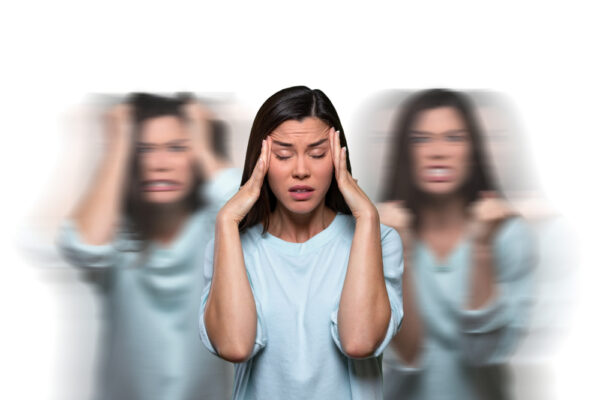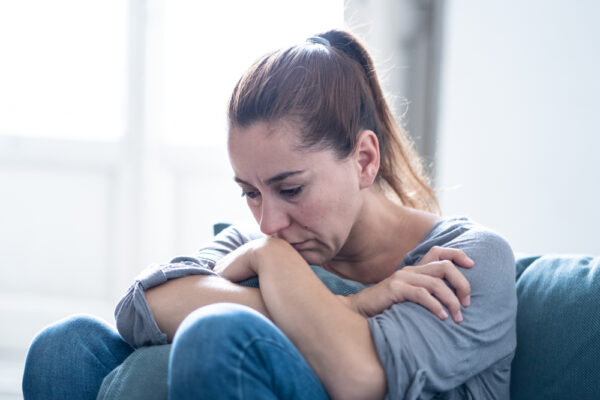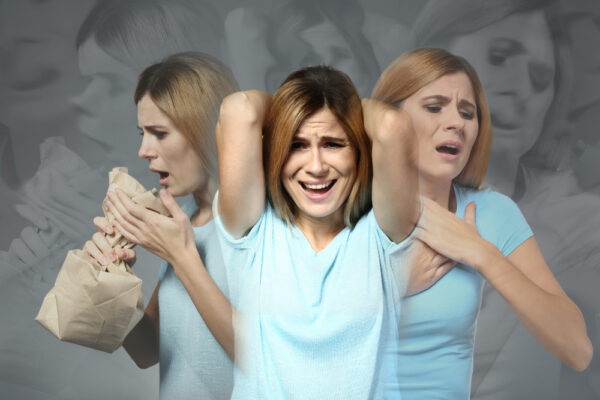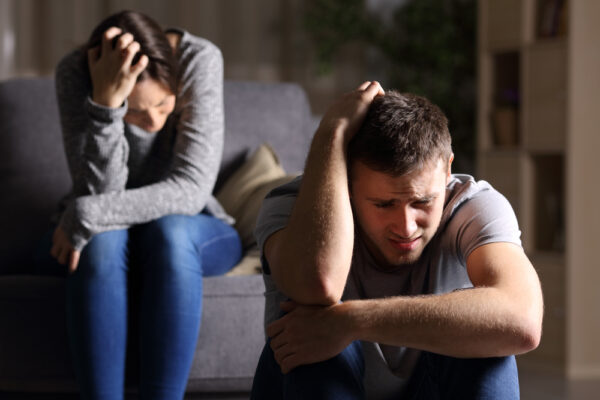- Pakwellness
- 0 Comments
Types Of Anxiety
Anxiety disorders fall within the category of mental health issues. It’s challenging to get through the day when you’re anxious. Sweating and a fast heartbeat are symptoms, along with feelings of unease, panic, and terror. Medication and cognitive behavioral therapy are forms of treatment. The ideal treatment plan for you can be created by your healthcare provider.
What is an anxiety disorder?
An anxiety disorder is a specific kind of mental illness. If you suffer from an anxiety disorder, you could experience fear and dread in response to particular things and circumstances. Additionally, anxiety can cause bodily symptoms like perspiration and a racing heart.
The presence of some anxiousness is common. If you have to solve a problem at work, attend an interview, take an exam, or make a significant decision, you can experience anxiety or nervousness. And even good things can come from anxiety. For instance, anxiety helps us focus our attention and make us aware of potentially dangerous circumstances, keeping us safe.
However, an anxiety disorder goes beyond the normal trepidation and mild fear you might experience occasionally. There is an anxiety condition when:
- Your ability to perform daily tasks is hampered by anxiety.
- When anything sets off your emotions, you frequently overreact.
- Your reactions to situations are beyond your control.
It can be difficult to get through the day if you have an anxiety disorder. Thankfully, there are a number of efficient treatments available for anxiety disorders.

Types of Anxiety Disorder:
There are several types of anxiety disorders, including:
1. Generalized anxiety disorder (GAD):
Even if there is no reason for your severe and irrational anxiety or tension, GAD may cause it. You might worry a lot about several things on most days, including your health, your job, your studies, and your relationships. You might think that your anxiety keeps moving from one item to another.
GAD’s physical manifestations can manifest as agitation, trouble concentrating, and sleep issues.

2. Panic disorder:
You experience abrupt, severe panic episodes if you have a panic condition. Compared to other anxiety disorders, these attacks frequently involve stronger, more intense sensations.
Terroristic feelings can strike quickly and without warning or they might be sparked by a trigger, such as going into an uncomfortable environment. Heart attacks and panic attacks might look similar. Go to the emergency department if there is even a remote possibility that you are having a heart attack. It’s better to be safe than sorry and be checked out by a medical professional.
In a panic attack, you might feel:
Sweating.
palpitations (the sensation that your heart is thumping).
ache in the chest.
choking sensation, which may cause you to believe you are experiencing a heart attack or “going crazy.”
Attacks of panic can be highly upsetting. The next panic attack consumes a lot of time for those with panic disorder. They also strive to stay away from circumstances that can lead to an assault.

3. Phobias:
Phobias are extreme fears of particular circumstances or things. Some of these phobias, like a fear of snakes, might make sense. But often, the intensity of worry is out of proportion to the circumstance.
You could spend a lot of time attempting to avoid circumstances that could cause the phobia, much like with other anxiety disorders.
An extreme dread of a particular thing or circumstance is known as a specific phobia, or simple phobia. It might make you steer clear of commonplace scenarios. Fear of certain animals, such as spiders, dogs, or snakes, is one example of a specific phobia.

4. Separation anxiety:
This disorder was previously known as social phobia by medical professionals. You might constantly worry and feel uncomfortable in social situations. You can be concerned that people will judge you or that you’ll disgrace yourself or expose yourself to ridicule. People who have social anxiety disorder could completely avoid social events.

5. Social anxiety disorder:
This disorder was previously known as social phobia by medical professionals. You might constantly worry and feel uncomfortable in social situations. You can be concerned that people will judge you or that you’ll disgrace yourself or expose yourself to ridicule. People who have social anxiety disorder could completely avoid social events.

6. Agoraphobia:
If you have agoraphobia, you might experience a severe fear of being helpless or overpowered. Typically, you fear two or more of these settings:
blocked off areas.
crowds or lines.
Vacant areas.
locations outside of your home.
The public transit system.
A person with agoraphobia might not leave the house at all under extreme circumstances. They prefer to stay indoors because they are so afraid of having a panic attack in front of people.
Other mental health conditions share features with anxiety disorders. These include post-traumatic stress disorder and obsessive-compulsive disorder.

Note From Pak-Wellness:
It can be difficult to get through the day if you have an anxiety disorder. Symptoms of an anxiety disorder include feelings of unease, panic, and fear. Physical signs like sweating and a fast heartbeat may also be present. You don’t have to live this way, though. There are numerous efficient therapies for anxiety disorders. To determine your diagnosis and the most effective course of action, speak with your healthcare professional. Treatment frequently consists of both medicine and therapy. You can feel your best with the aid of antidepressants and anti-anxiety drugs.
